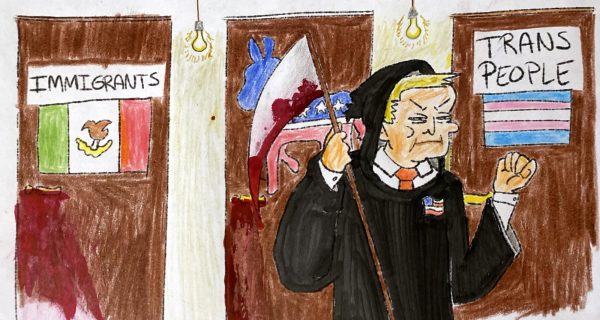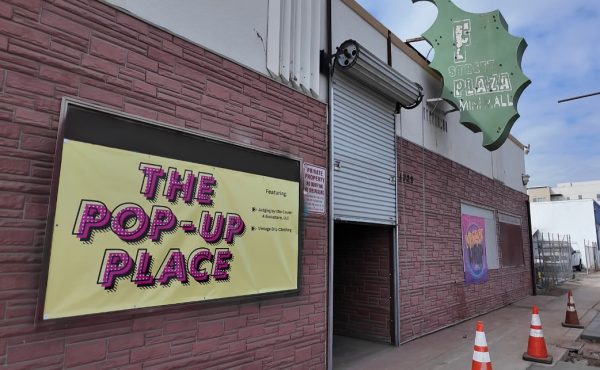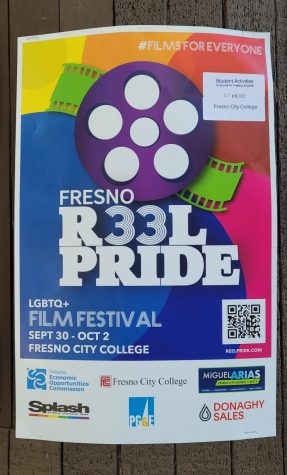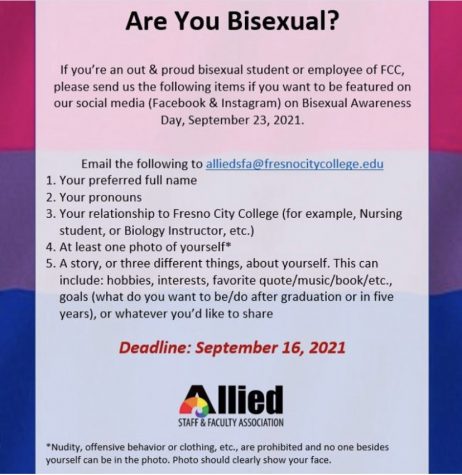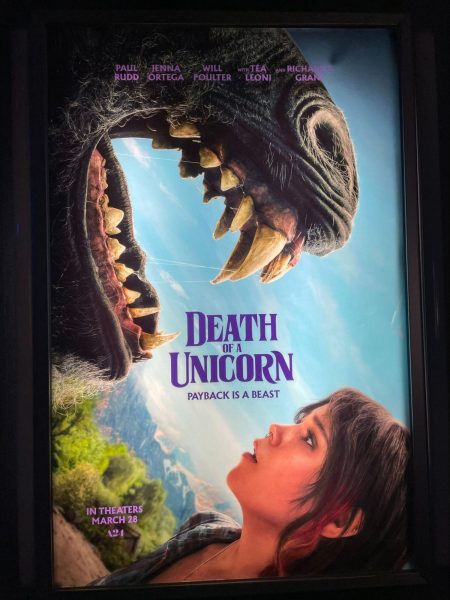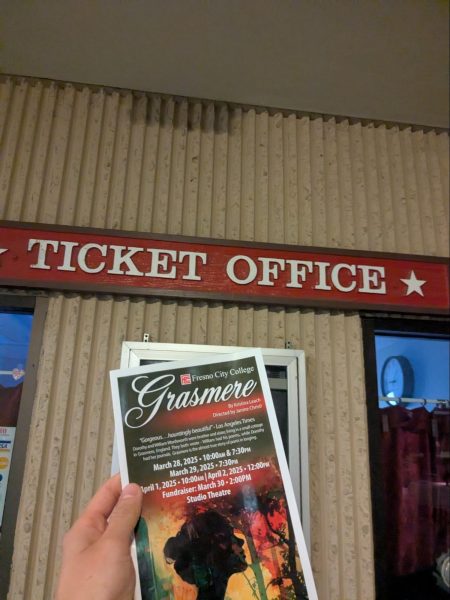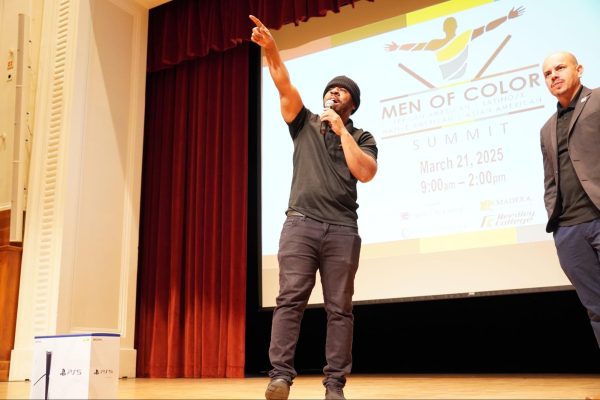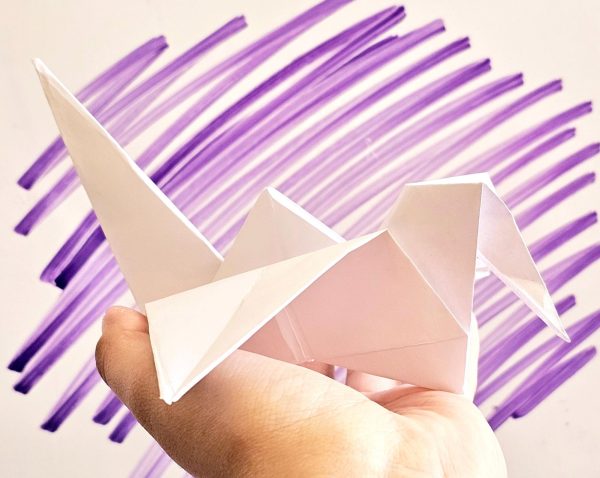Why Queer Fictional Characters Are More Than Just Characters
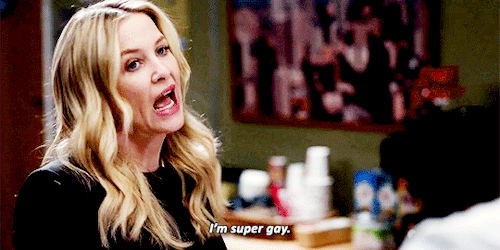
Photo by: Courtesy of Tumblr
There is a misconception that just because television has queer characters, we should be grateful. No thank you. I grew up wanting to see myself represented in media, but by represented I mean accurately.
In 2006 “Greys Anatomy” was the first television show where I can remember seeing representation within the LGBTQ community. Season 2’s Calliope Torres (Sara Ramirez) is one of the first monumental bisexual characters in television history. There’s a line of hers that deeply impacted me.
“So I’m bisexual. So what? It’s called LGBTQ for a reason. There’s a B in there. It doesn’t been badass. I mean it kinda does, but it also means I’m bi.”
This was crucial during my teenage years. I would watch television shows in the living room with my family while I was very much in the closet. Still trying to make sense of a world I was scared to understand. I didn’t care, I just knew that Callie Torres kissing girls made me feel less alone. I felt safe.
In season five of “Grey’s Anatomy” Arizona Robbins (Jessica Capshaw), a lesbian character was introduced into the show. This was a monumental moment in television. Grey’s now had a bisexual and lesbian character. The gays getting what they finally deserve? I felt like it was too good to be true.
As I started to find my identity within the LGBTQ community, I slowly started to understand how important Arizona Robbins was in my life. I knew she was just a fictional character, but in my heteronormative world, she was everything I needed. She made me feel like my sexuality wasn’t a phase. I was valid.
Arizona Robbins was confident in her sexuality and positively represented the lesbian community. “I am super gay. Like, I’m the gayest of the gays.” A quote that helped me reclaim the word lesbian as an identity, rather than a dirty word. Arizona was right, she was the gayest of the gays, because she went on to be the longest lesbian character in television history according to gomag.com.
In 2015, “The Fosters” broke ground by being the first multi-racial lesbian couple on a major network television show raising their biological and adopted children.
I can still remember it like it was yesterday. I was flipping through my television channels and came across the season premiere. I remember tears were flooding down my face. This wasn’t just a show, each episode seemed to reflect some of the struggles I faced in finding my voice. “The Fosters” was giving the world a glimpse into my life.
The Adams-Foster family was my future, and for the first time I had hope. I had hope that if the world could love a show like this one, things could get better.
The list of characters who impacted my journey goes on and on. If the younger version of myself didn’t have these characters, I wouldn’t have made it through the depressing and lonely years spent in the closet.
Queer storylines in 2018 continue to lack accurate queer representation. Writers often have the misconception that adding queer characters makes their storytelling edgier or more diverse. However, writers in television must see the importance of improving their storylines; storylines like the ones which inspired me. Not just inclusivity, but authenticity.
I want an end to queer-baiting. A daddy or a mommy issue. A phase. I don’t want my representation to exist only for the sake of the straight male gaze. My sexuality is valid, and too complex to be reduced to propaganda.

